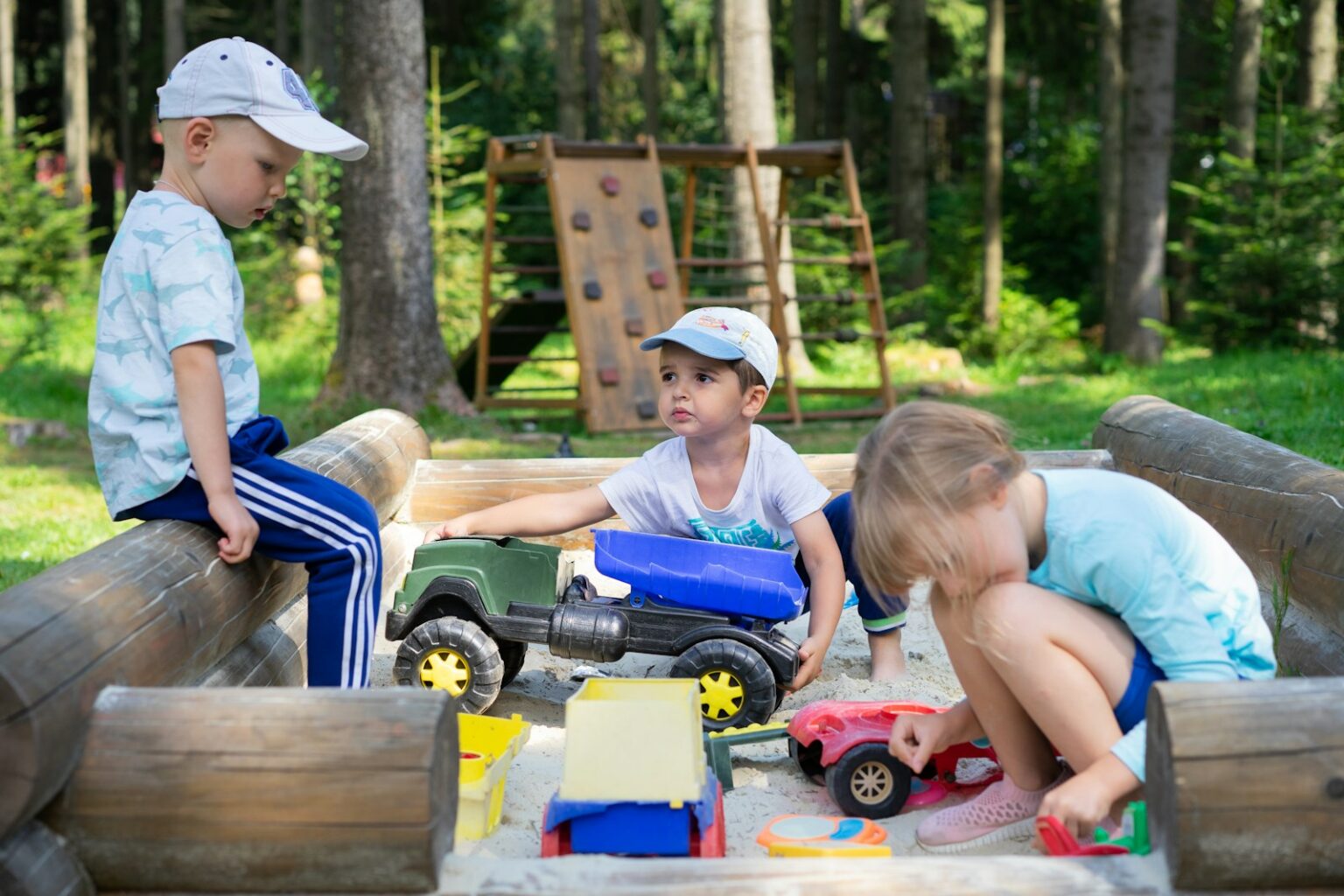You’re not imagining it: Kids are engaging in staggering amounts of screen time.
According to one published study, elementary- and middle-school age children spend between two and three hours per day interacting with screens. And while some of those experiences may be inevitable and even beneficial (e.g., using a device in the classroom), others are unnecessary — and maybe harmful.
Emerging research on the long-term effects of non-educational screen time on kids shows just how detrimental the practice can be. After examining several clinical studies, researchers discovered links between low-quality screen use, particularly gaming, and declining mental health among young people.
You might not be surprised to hear those results, of course. Even toddlers are more comfortable handling phones these days. And that’s not necessarily bad because they’ve been born into a technologically advanced society. However, kids shouldn’t get all their experiences virtually. They need time away from screens to explore the physical world and spend time outdoors.
The role of nature in child development
Our environment may be dominated by devices, but that doesn’t mean nature isn’t essential. It is. When kids have the chance to immerse themselves in unstructured outdoor play, they have the chance to practice and hone a variety of skills.
For instance, according to reporting from commercial playground manufacturer AAA State of Play, kids who get outside regularly have better decision-making abilities than their peers. They also tend to exhibit more emotional control and empathy, as well as be physically stronger. Interestingly, children who are active outside could wind up with improved eyesight, since screen time can have a negative effect on eye health.
With these findings in mind, it’s important to consider how best to consistently introduce the children in your life to outdoor play.
1. Walk or bike around your neighborhood
If you live in a walkable area, a fast way to ditch the screens is to go for a walk. Keep your phone in your pocket and tell your kids to leave theirs at home. (Teens can be notorious for checking their phones while walking.) You don’t have to hold a conversation the whole time; just being together gives everyone in your home a chance to enjoy a bit of fresh air and exercise.
Aim to take a few of these walks weekly, as you’re able. Although the old adage is that you can build new habits in about three weeks, that’s a bit of a myth. Your family may take less or more time to get into the rhythm of going outside together regularly.
2. Head to your nearest playground
Plenty of schools and communities have invested in playground upgrades. For example, a park may work with businesses and other sponsors to cover the cost to update their playground equipment with inclusive swings and adult exercise stations. A quick search will help you find out which local play spaces are nearby and best-suited for your kids.
To maximize your park visits, encourage your children to explore and interact with other kids their age. Obviously, you should keep a watchful eye on them. But resist the temptation to hover too much. Children need the opportunity to exercise a little independence and make choices for themselves.
3. Make outdoor play comfortable
Regardless of where you take your kids for outside fun, plan ahead. Make sure they’re appropriately dressed for the season and are wearing proper footwear. If it’s just a bit chilly outside, dress them in layers so they can take off one of the layers if they get too warm.
In addition to thinking about what they’re wearing, think about their bellies as well. Taking water and snacks avoids having to cut their playtime short due to a case of the hangries. You may have to remind them to take sips every now and then so they stay fueled.
4. Expand on their children’s intrinsic interests
Pay attention to what your kids say when you’re outdoors. Do they talk about animals and birds? Are they interested in trees and plants? Do they find bugs and crawly critters fascinating? These focuses may indicate a deeper interest that’s worth exploring.
Let’s say that your child always picks up leaves and interesting rocks when you’re on walks and hikes. You might want to help him or her start a collection of particularly unusual treasures. Or, you could get a book on pertinent subjects that would allow for the identification of leaves and flowers. You never know: Your child’s future endeavors might be rooted in today’s outdoor play.
5. Limit your screen time
You’re a role model for your kids. As such, put down your devices and get outside as much as you can. The less emphasis you put on screens, the less important they’ll seem to your children.
If you’re having trouble unplugging, start small. Just kicking a soccer ball around the backyard (and leaving your phone inside) can help you establish healthier screen habits. And instead of looking at your phone, you’ll have more reason to make memories with your little ones.
Kids may not be able to get away from screens completely. But they deserve to be able to unwind without the need to be connected every second of the day. By making outdoor play a regular priority, you’ll ensure that your kids develop abilities that they can only refine when they’re actively engaged in outside fun.
Photo by Alexandr Podvalny; Unsplash













